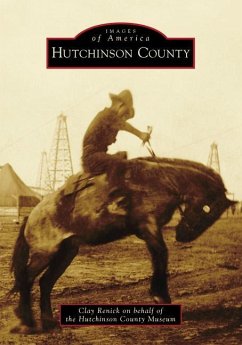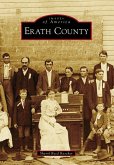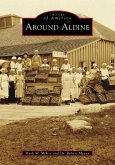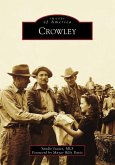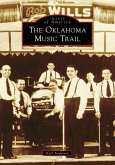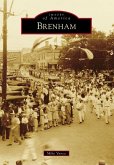Hutchinson County is in the center of the High Plains in the Texas Panhandle. Home to diverse native vegetation and abundant wildlife, the fertile plains to the north and the deep canyons of the Canadian River valley in the south define this land of contrasts. Ancient Native American culture thrived along the river for centuries. Plains tribes still dominated the region until the imperialist idea of manifest destiny became the law of the land, leading to westward expansion during the 19th century. Some of the early participants in this expansion used the Canadian River as a natural highway as they mapped the Texas Panhandle. Hutchinson County was established in 1876, and ranchers and farmers created a prosperous economy. By 1901, most of the county was an agricultural community, but the discovery of oil in 1921 drastically changed the lifestyles of those who lived there--and made their futures even brighter. Today, oil, cattle, and crops still dominate the local economy. Hard work and tenacity remain distinctive characteristics of those who reside in the area.

